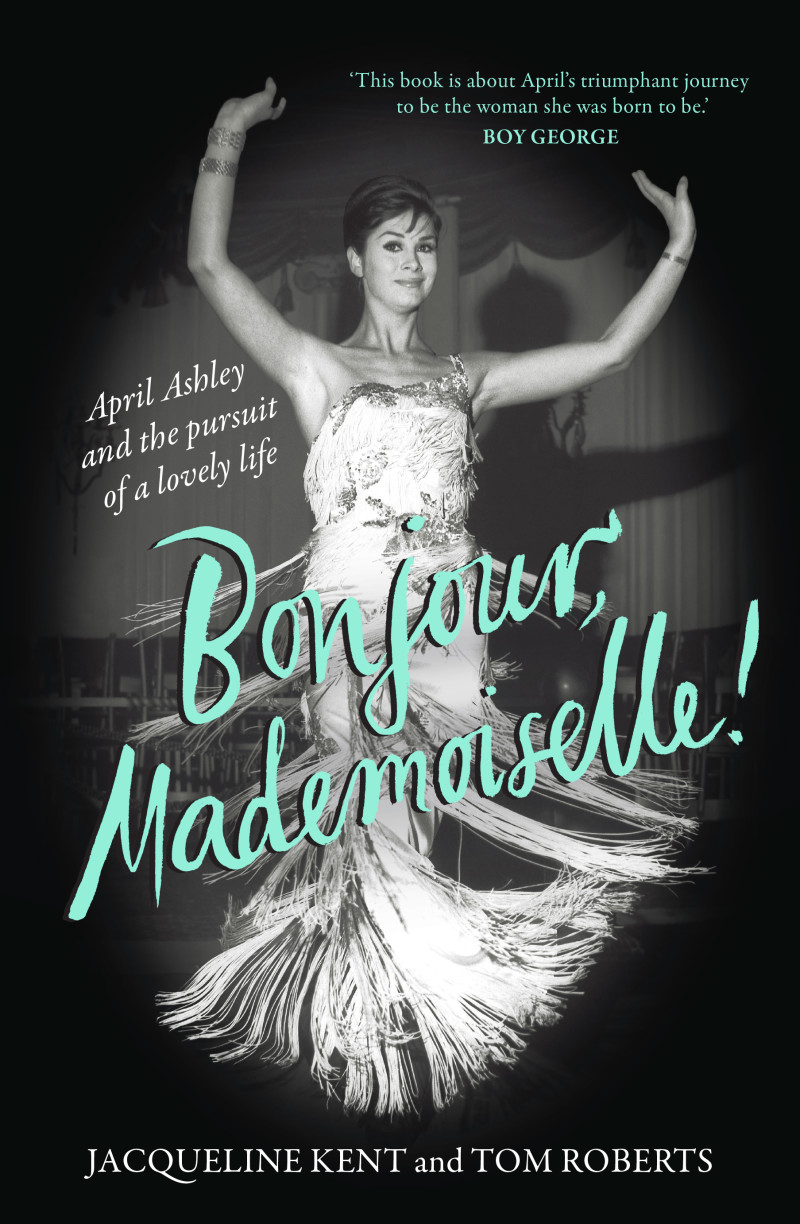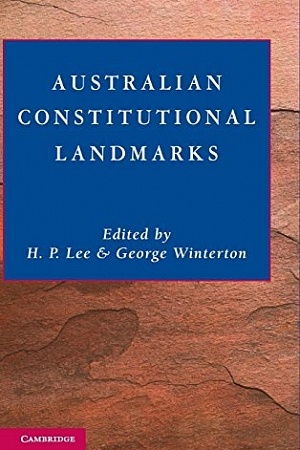The Tainted Trail of Farah Jama
Wild Dingo Press, $29.95 pb, 248 pp
The missing Somali on the dance floor
Sometimes the simplest of mistakes reveals far more of our preconceptions about human acts and motives, and about the complex relationships that make a human society, than we could have imagined. Such was the case with what journalist and lawyer Julie Szego dubs the ‘tainted trial’ of Farah Jama, a young Somali man who spent eighteen months in prison for a rape that almost certainly never happened.
Jama, who was accused of raping a woman found unconscious in a locked toilet cubicle in a Melbourne suburban nightclub in 2006, is the most notable Australian victim of what has been called the ‘CSI effect’: an uncritical regard for scientific techniques in the collection and analysis of evidence in criminal cases. His conviction relied solely on DNA testing, and almost nothing to corroborate it was cited at his trial. The fact that no one in the nightclub on the night in question remembered seeing a tall black man on a dance floor thronged with white faces, and that the club’s closed-circuit television tapes showed no such person entering or leaving the premises, apparently did not bother the jury or the trial judge. Nor did the fact that the woman had not even a hazy memory of the ordeal she was believed to have suffered.
Continue reading for only $10 per month. Subscribe and gain full access to Australian Book Review. Already a subscriber? Sign in. If you need assistance, feel free to contact us.














Leave a comment
If you are an ABR subscriber, you will need to sign in to post a comment.
If you have forgotten your sign in details, or if you receive an error message when trying to submit your comment, please email your comment (and the name of the article to which it relates) to ABR Comments. We will review your comment and, subject to approval, we will post it under your name.
Please note that all comments must be approved by ABR and comply with our Terms & Conditions.